Acces liber
2025
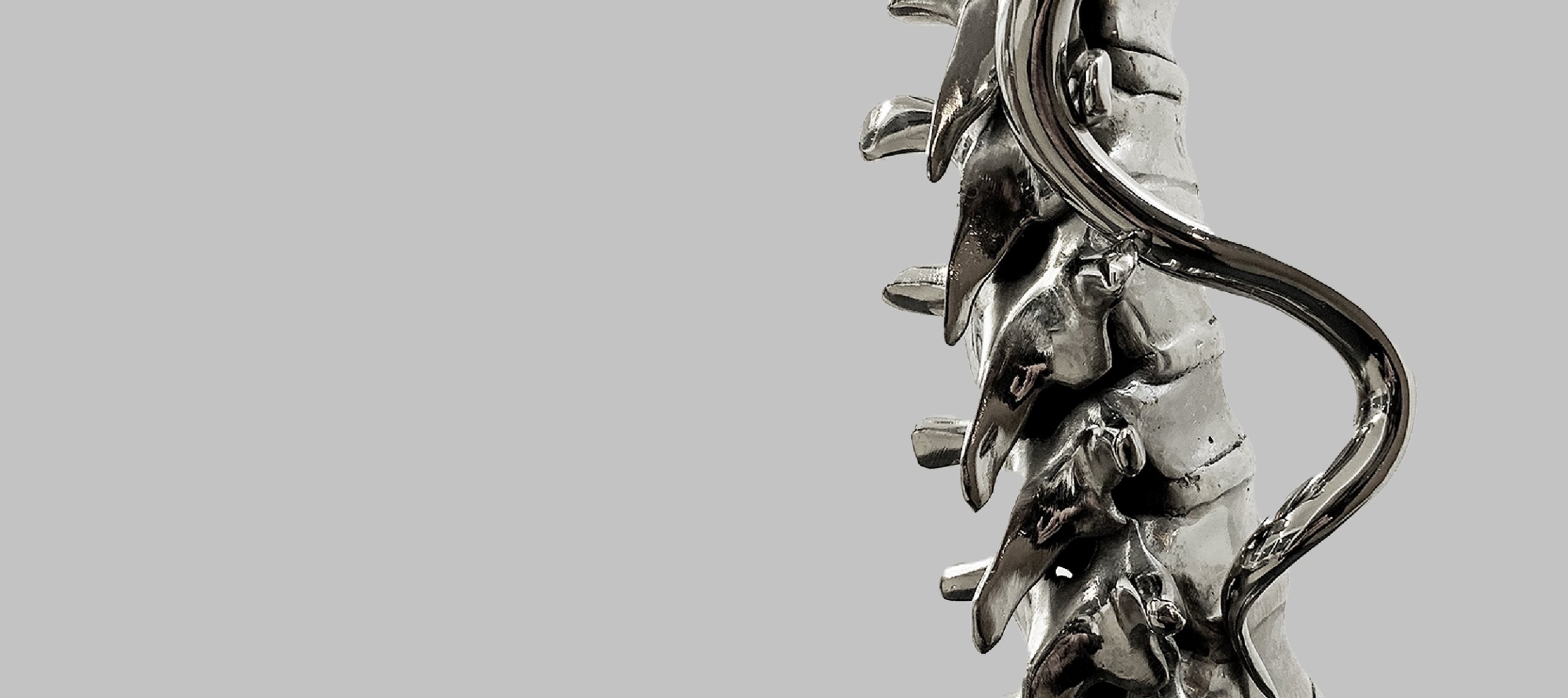

Concept: Marlene Herberth for RCW 2025
To rediscover what it means to be human, we must first dare to unlearn. Noli Sapere (Dare to Know Nothing) challenges the supremacy of reason and mastery, urging us to embrace the unknown within ourselves. Originally used in the First Book of Letters (20 BC), by the Roman poet Horace, the phrase Sapere aude became associated with the Age of Enlightenment, during the 17th and 18th centuries, after Immanuel Kant used it in the essay “Answering the Question: What Is Enlightenment?” (1784). The title subverts the Enlightenment motto Sapere Aude (“Dare to Know”), which called for the courageous pursuit of knowledge and reason. By flipping this mantra, the exhibition questions whether the relentless quest for control and certainty has led us astray. What if unknowing—the embrace of doubt, intuition, and vulnerability—is the key to shaping a more holistic future?
At a time when technological progress outpaces emotional and spiritual depth, Noli Sapere explores hidden resources within the unseen—our souls, emotions, and collective consciousness—and their role in crafting a future beyond the limitations of the past. Inspired by futurologists like Gerd Leonhard, the exhibition envisions alternative scenarios for a “New Renaissance,” integrating the physical, emotional, and spiritual dimensions of humanity into a speculative vision of renewal.
The exhibition unfolds across interwoven themes that bridge the tangible and the intangible. The Renaissance Within is about rewriting the ideals of the Renaissance for a fractured present. This section challenges the Enlightenment’s legacy of mastery and knowledge as power. Instead, it proposes narratives of unlearning, vulnerability, and collective awareness as pathways to a more holistic future. The Soul as Dimension unveals how beneath the surface lies an untapped well of emotional and spiritual intelligence. This section explores the soul, emotions, and unseen energies as vital counterbalances to humanity’s rational pursuits. These works illuminate the immaterial as a resource for renewal. Ultimately, we look at the Body as Artifact, as a vessel of memory and reinvention. Through its vulnerabilities and transformations, the works in this section reveal the body as both archive and blueprint for the future, asking: how do we reconstruct what we thought we understood?
Noli Sapere explores present mind- and soul-sets, using the Renaissance’s focus on the body and soul as a foundation while expanding into speculative futurism. Through a range of artistic practices—sculpture, installation, and immersive media—the exhibition constructs an alternative framework for understanding humanity’s next chapter. By daring to know nothing, we can confront the limits of reason and mastery, opening ourselves to a deeper, more intuitive understanding of what it means to be human. NoliSapere suggests that in unknowing, there is power, and in surrendering control, humanity may rediscover its greatest resources—those rooted in connection, emotion, and the soul.
Artiști
DSLX (RO)
[ d s l x ] is a sound/noise project birthed around 2003, characterized by (sometimes) violent nanotextures and nonlinear audio storytelling, as well as pattern-oriented improvisation and (de)composition that explores the interplay between sound structures and the surrounding environment; real-time structural entwinements manipulate, harnesses and/or harvests sound, pushing the boundaries of space-to-sound ratio by creating immersive soundscapes; often exploring chromesthesia and the unstable equilibrium, it induces unpredictability and contradiction to expanding structures of granular synthetic post-silence;
the resulting structures are characterized by inter/intra-structural asymmetrical sound deconstruction, creating something that is both dangerous and captivating, that can pass as ‘chaos inducing/ iduced’.
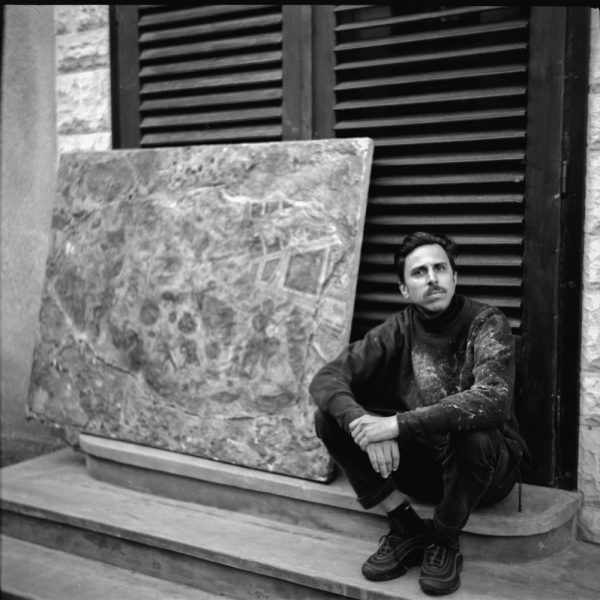
Robert Catrina (RO)
robertcatrina STUDIO is a collaborative space between architects, designers, artists, and artisans. Believing in the beauty of pure materials, they aspire to craft poetry through their work. Whether creating spaces or objects, their creations seek a harmony between functionality and aesthetics.
The creative philosophy is based on layered minimalism, enriched by UNEXPECTED accents – the element of surprise – and influences from the world of art.
What they do is, in fact, an invitation to courage – the courage to experiment, to step outside the familiar, and to shape spaces, objects, and concepts that not only serve a purpose, but also inspire.
www.robertcatrina.com
ig: @robertcatrina
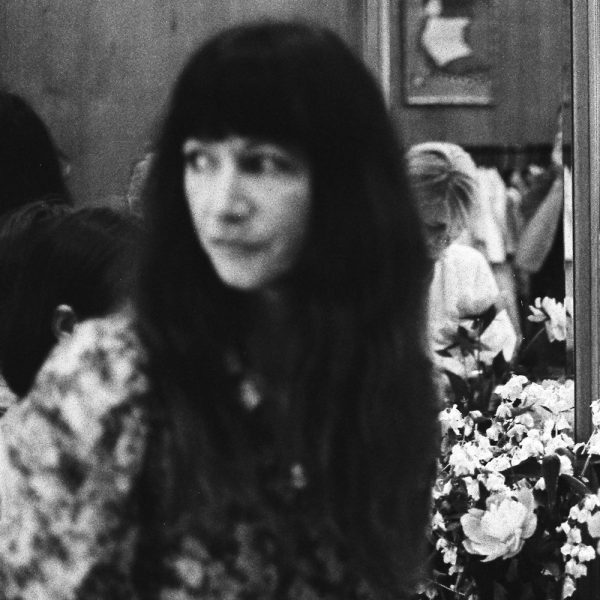
Ileana Sebe (RO
Ileana experiments artistically to express her emotions and thoughts. It is her therapeutic way of navigating life, part of a self-discovery process.
Her romantic side is balanced by her work as a communication specialist.
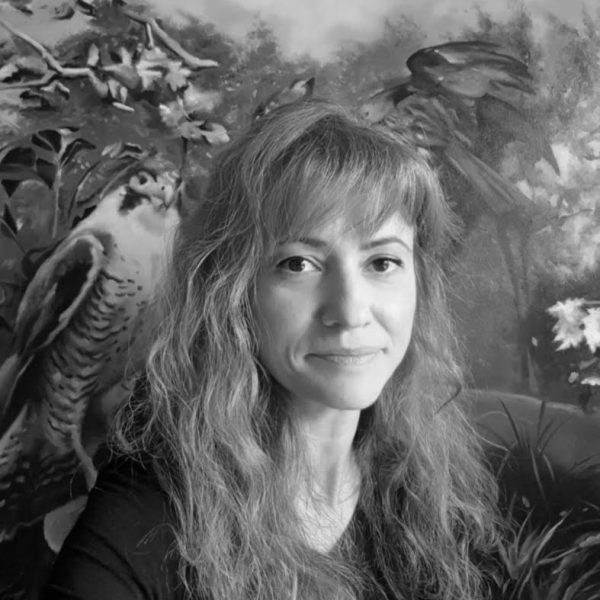
Flavia Pitiș (RO)
(b. 1978, Brașov) lives and works in Brașov. She graduated from the National University of Arts in Bucharest and is known for her artistic practice centered around painting, exploring the relationship between reality and illusion, the visible and the hidden, the material and the spiritual. Through subtle techniques of layering and transparency, and by shaping the canvas, the artist creates images with a cinematic atmosphere, full of ambiguity and visual poetry.
Her works have been exhibited in museums and international institutions, including Parkview Museum (Singapore), Museum Kampa (Prague), National Portrait Gallery (London), and Societe Generale (Paris). Her painting continues to be a space for reflection and exploration of the boundaries of representation, as well as an excursion into the depths of inner space, where memory and perception merge into a fluid reality.
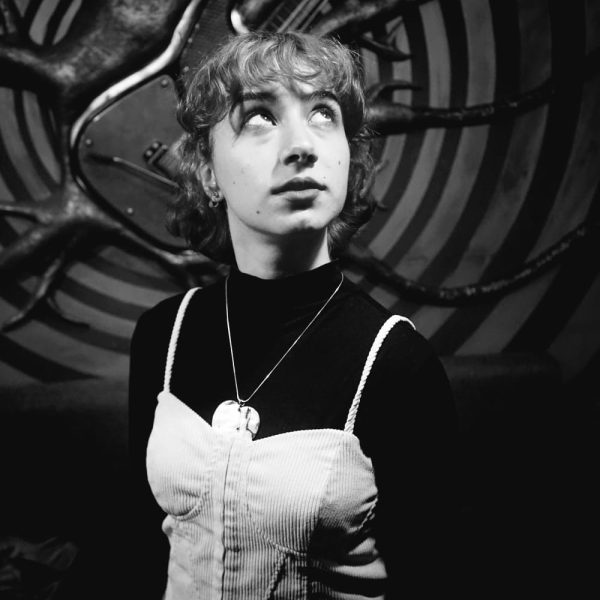
Maria Ungureanu (RO)
Studentă la facultatea de arhitectură din Cluj-Napoca, Maria Ungureanu se extinde cât poate de mult în toate direcțiile artistice care i se ivesc, una din ele fiind lumea spoken-word-ului. A descoperit poezia performată cu doi ani în urmă și de atunci nu a mai ratat niciun eveniment, fiind gata oricând să cucerească fiecare persoană din public. A urcat atât pe scene din țară, precum scenele din Cluj, București, Satu Mare, dar a surprins și comunități din Olanda și Slovacia.
A participat și a câștigat un loc pe podium la trei slam-uri de spoken word, organizate de Transylvania International Spoken Word Festival și Decopertat Cluj.

DEM (IT)
Like a modern alchemist, DEM creates weird characters, surreal creatures, inhabitants of invisible layers in the world of humans. Eclectic and funny, through wall-paintings, illustrations, paintings on canvas rich in allegorical language, he lets the viewer find the key to that enigmatic and arcane world.
The approach to anthropological themes related to nature stimulate the artist in a constant experimentation, reached in recent years to the production of a film and the creation of installations made-up entirely of natural materials.
Besides painting in condemned buildings and forests, ideal background for his works, DEM has also been guest artist at Goteborg’s Oro Gallery, and taken part in exhibitions such as Street Art, Sweet Art (PAC, Milano), Nomadaz (Scion Gallery, Los Angeles) and CCTV (Apostrophe Gallery, Hong Kong).
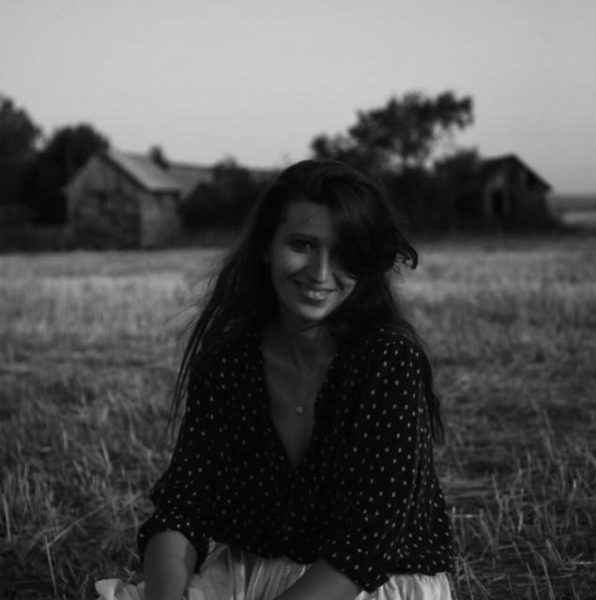
Ami Lungu (RO)
Anamaria Lungu is an artist and designer based in Bucharest who imagines and designs custom perfumes for exhibitions and olfactory installations, driven by her passion for the niche world of fragrances, especially unconventional olfactory art, based on experimentation and research. With substantial experience in object design, she consistently chooses to blend her knowledge of design, fashion, photography and olfactory art to create objects and installations that weave together current ecological narratives.
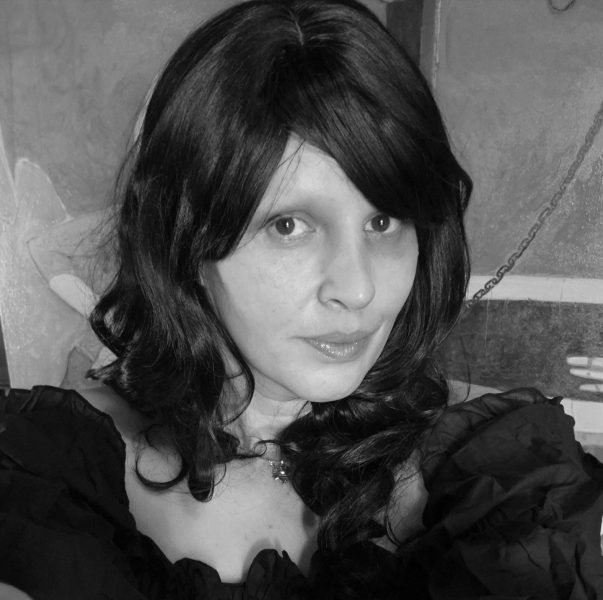
Hortensia Kafkin (RO, DE)
Hortensia Mi Kafchin (b. 1986) was born in Galati, Romania and lives works in Berlin, Germany. Within her multifaceted practice, Kafchin unites a highly classical painting style with a distinctive set of motifs and an enduring fascination with hybridity that reflects the blended visual environment of our media age. As a figurative painter making work about the contemporary trans experience, Kafchin vividly renders the personal in utopian scenes that comment on the technological, environmental, and socio-political realities of our time. Kafchin received a degree from the University of Art and Design in Cluj in 2010. Her work can be found in collections including the Centre Pompidou, Paris, France; the Leslie-Lohman Museum of Art, New York, NY; and the Ludwig Museum, Köln, Germany. Kafchin has presented solo exhibitions at the National Museum of Contemporary Art, Bucharest, Romania; Galerie Judin, Berlin, Germany; Nicodim Gallery, Los Angeles, CA; Art Encounters Foundation, Timișoara, Romania; Lyles & King, New York, NY; and Museum of Art, Cluj, Romania, among others. Kafchin has also taken part in group exhibitions at the Centre Pompidou, Paris, France; New Museum, New York, NY; Museum Moderner Kunst, Vienna, Austria; The Centre for Contemporary Art, Ujazdowski Castle, Warsaw, Poland; Palais de Tokyo, Paris, France; and Espace Culturel Louis Vuitton, Paris, France, among others. In 2023, Kafchin presented her first solo exhibition with P·P·O·W, Years of Bad Hair. She presented her third solo exhibition with Galerie Judin, Cheerful Melancholia, in early 2024.
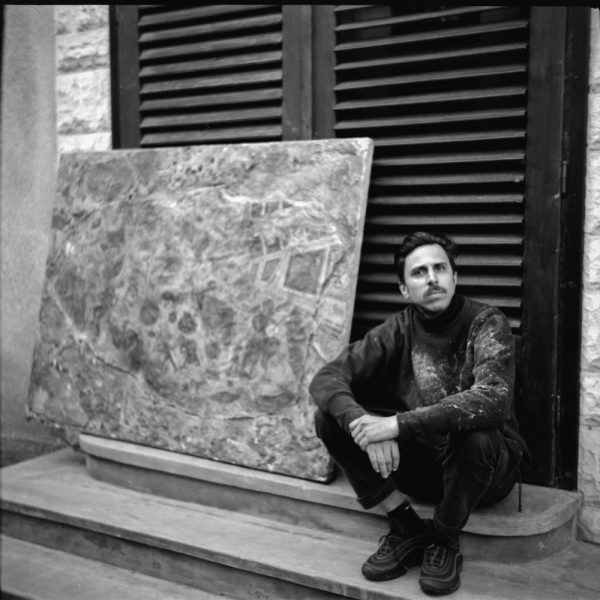
Nicolae Romanitzan (RO)
Nicolae Romaniţan (b. 1991 in Cugir) is a Romanian contemporary artist who studied Graphics at the University of Art and Design in Cluj, where he lived and worked for 15 years. He is a versatile artist who works with mediums such as painting, photography, and drawing. In the last years he focused on painting and drawing on different materials, developing his own typical themes and surafeces. Romanițan’s process is heavily influenced by personal experiences, forgotten video games, mediaeval manuscripts, uncanny animations, and printed media. The multiple realities disclosed by these cultural artefacts assemble a quirky yet impeccable apparatus of critique, revealing the artist’s existential concerns about recent historical events, related to alienation, violence, grief, posthumanity, and the absurdity of war. Romanițan’s diverse colour palette depicts the intense emotional state of his tortured, hollow, and defeated characters. Currently he lives and works in Bucharest, Romania, but keeps working with Biju Gallery from Cluj-Napoca where he has his first painting solo show in 2022, another notable solo show he had was at Borderline Art Space in Iasi, part of Afcn project ‘’Post-human escapes’’ in 2023. Works from other exhibitions he held in Brussels, Paris, Strasbourg or Naples have ended up in important private art collections in the country and beyond. Besides galleries he also shown works in non-conventional spaces like secluded medieval churches, attics or his own house which he transformed in exhibition space shortly before moving in Bucharest in 2024.
Together with other 5 artists of his generation from Cluj he founded ‘’Memo+’’ group and artist run space which functioned during pandemics between 2020 and 2022. A notable event from ‘’memoplus’’ was Sasha Bandi vs. Nicolae Romaniţan, a duo show with Sasha Bandi.

Marta Mattioli (RO, IT)
Visual artist and graphic designer. With dual roots in Italian and Romanian cultures, her work reflects a dynamic blend of digital and physical mediums. A member of Kinema Ikon and Atelier 35, Marta actively participates in both local and international exhibitions and projects. She explores a reality suspended between utopia and the potential dystopian future, delving into the concept of organic-digital hybridization.
Marta’s creations simplify the complex interplay between traditional and digital elements, prompting viewers to contemplate the profound implications of this fusion. Her art invites us to consider the evolving nature of our world and the possibilities that lie ahead.
“Since 2019 she has been an active member of Kinema Ikon and also part of the Atelier 35 team. More important, she’s a constant apparition on the Romanian art scene, being one of the exponents of her generation. In 2021, she makes a breakthrough with her series of digital artworks, presenting us her personal perspective in a seemingly paradoxical manner situated between an almost naive intuition and a dark execution turned into sweet irony.”
– Teodora Rosu (New Media Arts and the future of syncretism – Revista Arta)
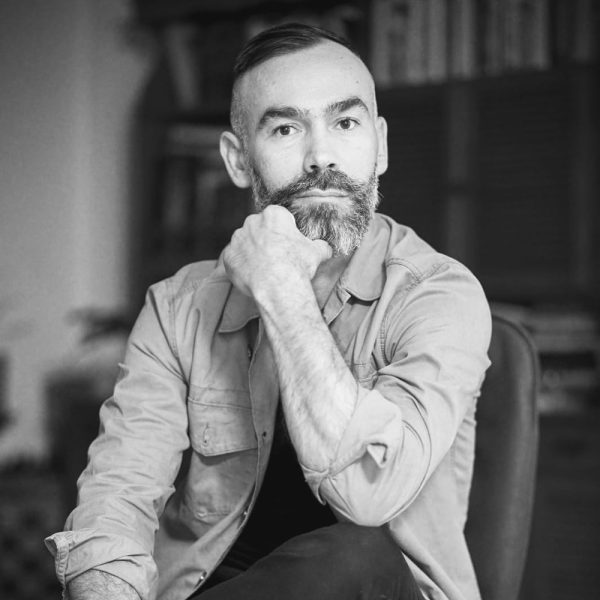
Catalin Bădărău (RO)
Cătălin Bădărău (b. 1981) graduated from the National University of Arts, Faculty of Fine Arts, with a master’s degree in sculpture and a PhD in visual arts. His works evoke the vulnerability of the human being in various social contexts through objects and installations (sometimes kinetic) made from unconventional materials such as silicone, sponge, glass, and metal. He currently teaches at the National University of Arts, Department of Sculpture.
Cătălin Bădărău lives and works in Bucharest.
Arhitectură expoziție
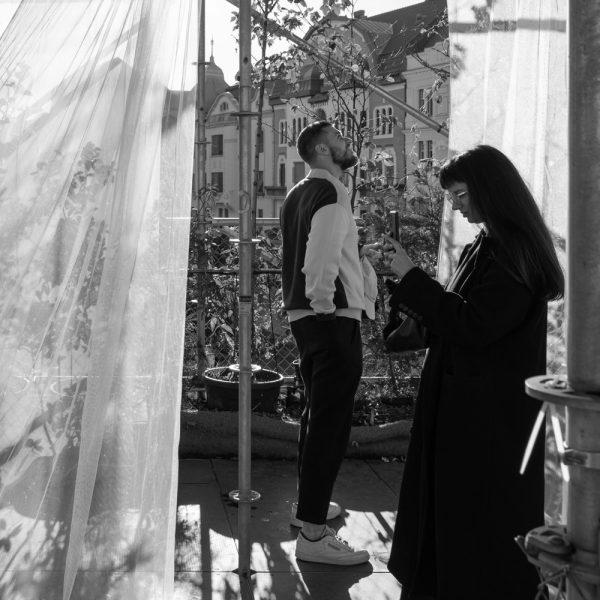
Atelier VRAC
Atelier VRAC is a work group founded by Cristi Bădescu and Zenaida Florea. Their interests lie at the intersection of civic initiatives,education ,research and architecture projects. The moniker VRAC, translating to ‘in bulk’ in English, describes an imagined methodology – the storing and transporting of raw ideas in the form of ‘granules’ or ‘pieces’, stacked together in an unsorted pile.
Curator
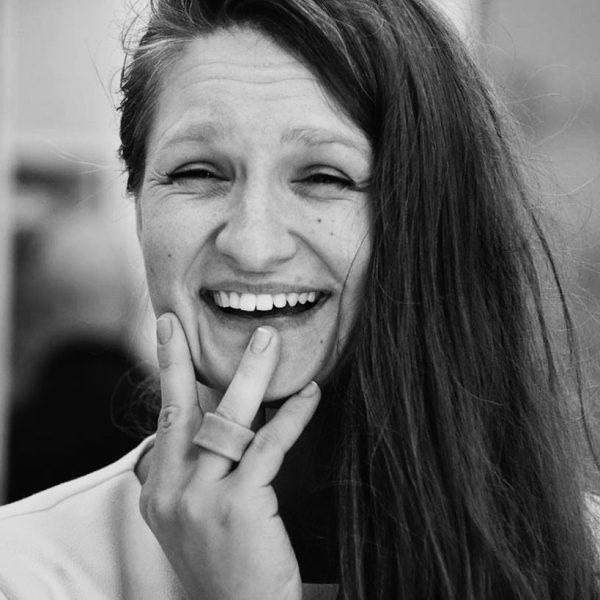
Marlene Herberth
Marlene Herberth is a multidisciplinary artist, anthropologist, and memory archivist whose work weaves together textiles, performative food practices, and storytelling. Her artistic practice bridges ancient wisdom with contemporary culture, delving into the affective associations that shape our collective memory. Through her projects, Marlene explores how craft traditions can address modern societal challenges, offering alternative perspectives on sustainability, heritage, and identity.
As the co-founder of KraftMade Research & Lab, alongside Alex Herberth, Marlene leads a platform dedicated to activating heritage knowledge for regenerative futures. Based in rural Transylvania and with a global reach, their work combines art, design, and craft with a focus on wood, textiles, and food. Marlene employs weaving, knitting, and other traditional textile techniques as tools for historical reconstruction and emotional restoration. Her tactile creations are often paired with performative food experiences, where communal meals become a medium for storytelling, sensory exploration, and cultural dialogue.
In addition to her studio practice, Marlene curates cross-disciplinary exhibitions and cultural sustainability workshops. Her events create immersive environments where art, architecture, and craft intersect, inviting participants to engage with heritage knowledge in innovative ways. These experiences reflect her commitment to fostering deeper connections between people, materials, and traditions, all while imagining futures grounded in care and resilience.
Marlene’s work has been featured internationally in galleries, cultural institutions, and community-led initiatives. Her practice not only preserves ancient techniques but reinterprets them for contemporary contexts, offering a dynamic vision of how art and craft can sustain and inspire.
IG: @kraft_made